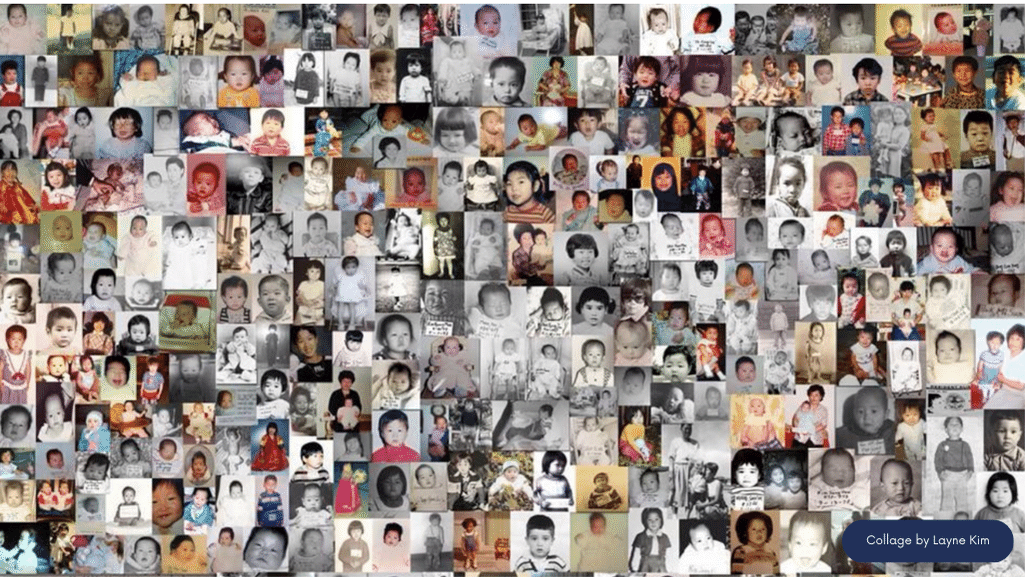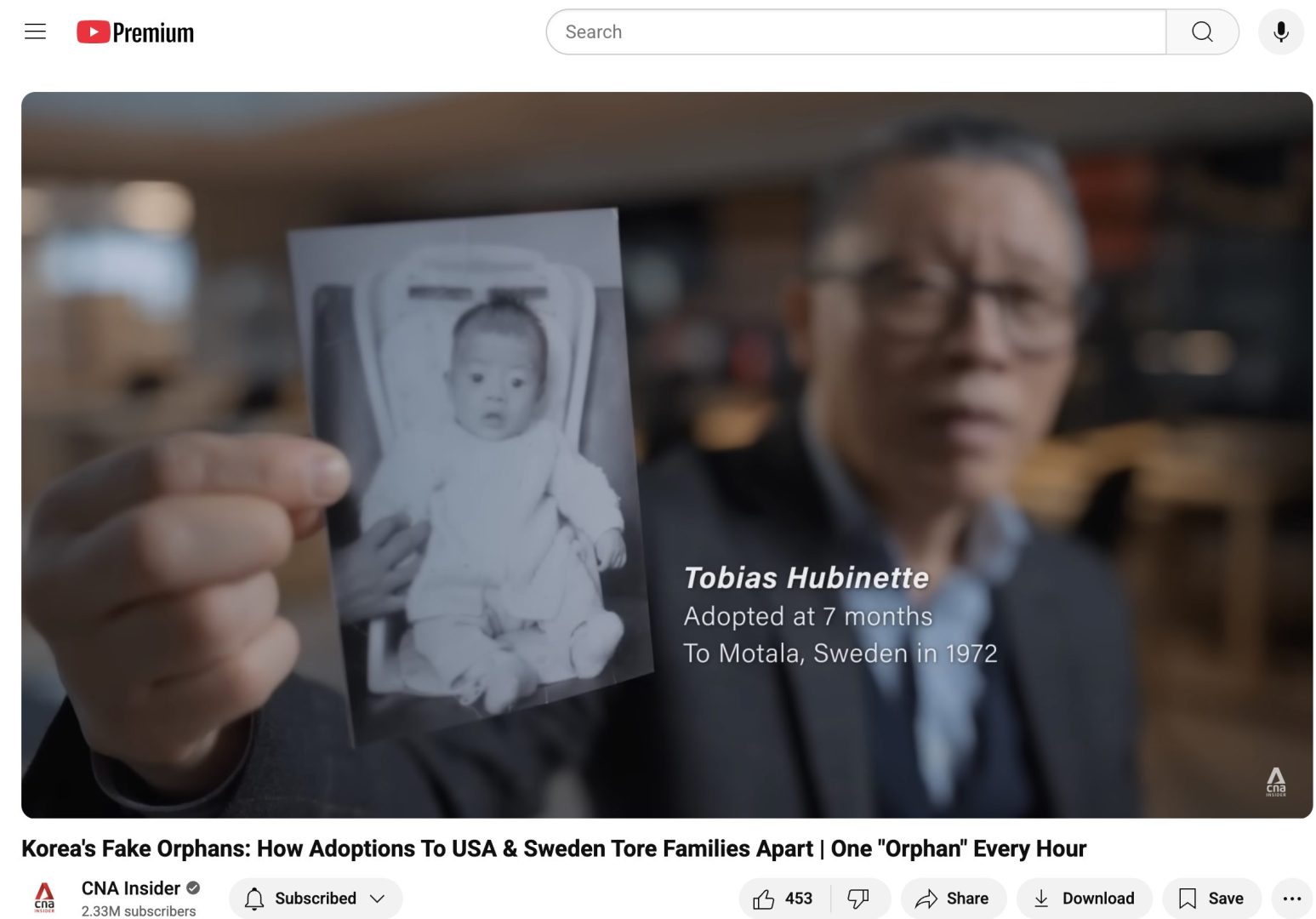Media Contact: Info@AdoptionHistory.org

The Korean Adoption Crisis
Why the TRC Found Human Rights Violations in Global Child Export
The history of international adoption, particularly the mass exportation of children from South Korea, is increasingly viewed not as a humanitarian success story but as a deeply rooted adoption scandal characterized by systemic human rights abuses, government negligence, and profit-driven motives. For decades, South Korea was the world’s largest source of children for international adoption, sending over 200,000 children overseas, primarily to Western countries like the United States and those in Europe.
The Scandal Defined: Human Rights Violations Confirmed by the Truth and Reconciliation Commission (TRC)
The core of the Korean adoption scandal lies in the pervasive fraud and abuse that facilitated these placements, which the South Korean government not only allowed but actively encouraged to reduce domestic welfare costs. For more history on international adoption, including how Harry Holt started the dangerous, multi-billion-dollar business, visit here. The practices included:
- Falsified Documents and Identity Tampering: Adoption agencies frequently registered children with living parents or relatives as “abandoned orphans,” creating false identities, including fabricated hojuk (family registers) or birth records, to circumvent legal requirements for parental consent and facilitate quick overseas adoptions.
- Lack of Proper Consent: Adoptions were often processed without the informed, legal consent of biological parents, who were sometimes coerced or misled into relinquishing their children.
- Economic Motivation: The South Korean government “actively utilized” foreign adoptions, which “required no budget allocation,” as a cost-effective alternative to strengthening its domestic social safety net and child welfare policies. Adoption agencies, too, profited immensely from fees and foreign donations.
- “Children Sent Abroad Like Luggage”: The Truth and Reconciliation Commission (TRC) noted that adoption agencies complied with foreign agencies’ demands to send a set number of children each month, underscoring the industrial, dehumanizing scale of the operation.
The Truth and Reconciliation Commission’s Findings
In a landmark finding, South Korea’s Truth and Reconciliation Commission (TRC) acknowledged in March 2025 that the government bore responsibility for facilitating a foreign adoption program “rife with fraud and abuse” and confirmed that numerous cases of past overseas adoptions involved human rights violations. The TRC found systemic failures, including inadequate legislation and a lack of proper oversight, which led to the rights violations of adoptees, including being deprived of their right to identity and their fundamental human rights protected under the Constitution and international agreements. This official finding solidified the scandal as one of state-sanctioned malpractice and abuse.
International Adoption and Profiteering
The term “Adoptionland” is often used by adopted people turned activists around the world to describe the global intercountry adoption ecosystem, which victims argue is driven by demand from receiving countries rather than the needs of children. International adoption is considered a scandal because it frequently operates as a market where the high demand for healthy infants in wealthy nations meets a lucrative, often unethical, supply chain in poorer countries. The adoption industry targets vulnerable families and separates children from their original families and culture unnecessarily in order to meet the high demand to build families for desperate couples in the Western world.
This dynamic creates a financial incentive—or profiteering—for intermediaries, leading to practices like child harvesting, child laundering, and coercion, as seen in the Korean context and many other countries. The entire structure caters to the buying customer—typically infertile couples in Western countries who are often marketed to with emotionally charged language. This marketing frequently uses Christian verbiage of children being “saved,” promoting the idea that adopters are “helping the poor” or rescuing a child from poverty and despair. This narrative elevates the adoptive parent as a hero while masking the ethical violations and systemic problems that create the “supply” of adoptable children.
The Danger of the Hague Adoption Convention
The Hague Convention on Protection of Children and Co-operation in Respect of Intercountry Adoption (1993) was established with the stated goal of putting safeguards in place to prevent the abduction, sale of, or traffic in children and to ensure adoptions are in the child’s best interest. However, the Hague Convention as dangerous precisely because its implementation has often been led by adoption profiteers and receiving countries—the buying customers—who have a vested interest in keeping the intercountry adoption system operational.
While the convention attempts to impose a uniform legal process, the victims argue it merely provides a stamp of legitimacy to a system with fundamental structural flaws driven by money and demand. Concerns include:
- Insufficient Focus on Family Preservation: Though the Convention includes the principle of subsidiarity—prioritizing appropriate options within the child’s country of origin—critics argue the operational terms do not explicitly require robust efforts for family preservation or domestic adoption as a condition precedent to intercountry adoption.
- Regulatory Loopholes, Not a Cure-All: The Convention has not been a “cure-all for corruption and abuse.” As long as demand far outstrips the ethical supply of children, financial incentives persist, and profiteers find ways to manipulate or circumvent the standards, often resulting in complex procedural hurdles that ultimately fail to protect the child’s right to their identity and origins. The Convention, thus, risks becoming a tool to normalize and regulate a market rather than truly stopping the fundamental human rights violations inherent in a profit-driven system.
A video discussing the Korean adoption crisis provides more context on the historical and human rights issues involved. You can find out more by watching Korea’s Fake Orphans: How Adoptions To USA & Sweden Tore Families Apart. This documentary provides an in-depth look at the false ‘orphan’ narrative and the human cost of the adoption practices in South Korea



